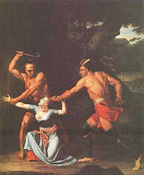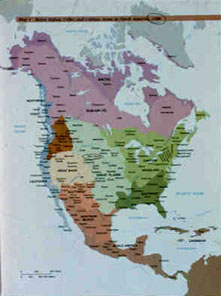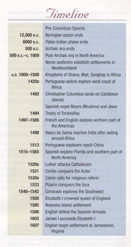|

Besides an interpretive framework that may be less than satisfying, many recently published textbooks possess other problems as well.
For more on the topic of mapping Native America, follow this link.
|
| |
Department
of Anthropology |
copyright © 2002
University of Illinois, All rights reserved. |




